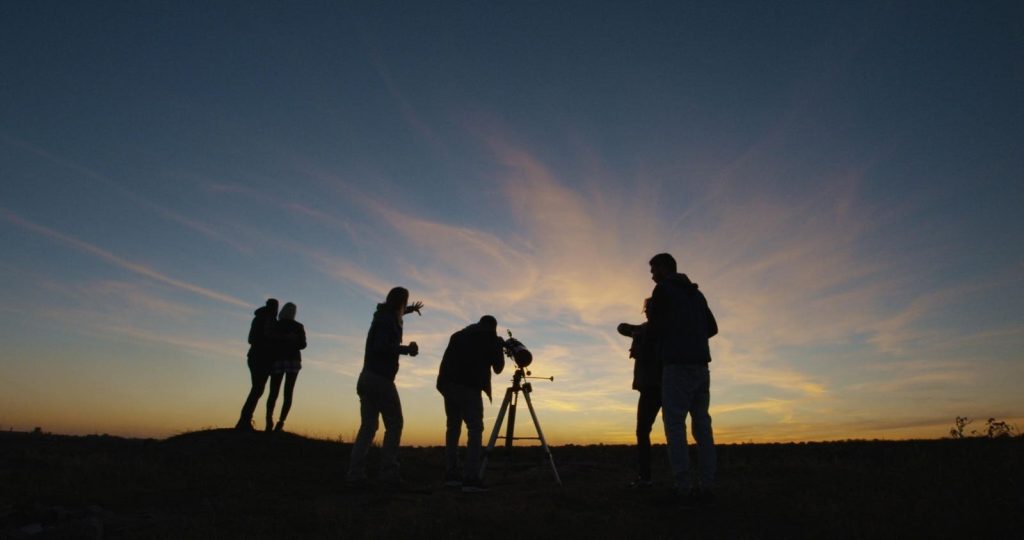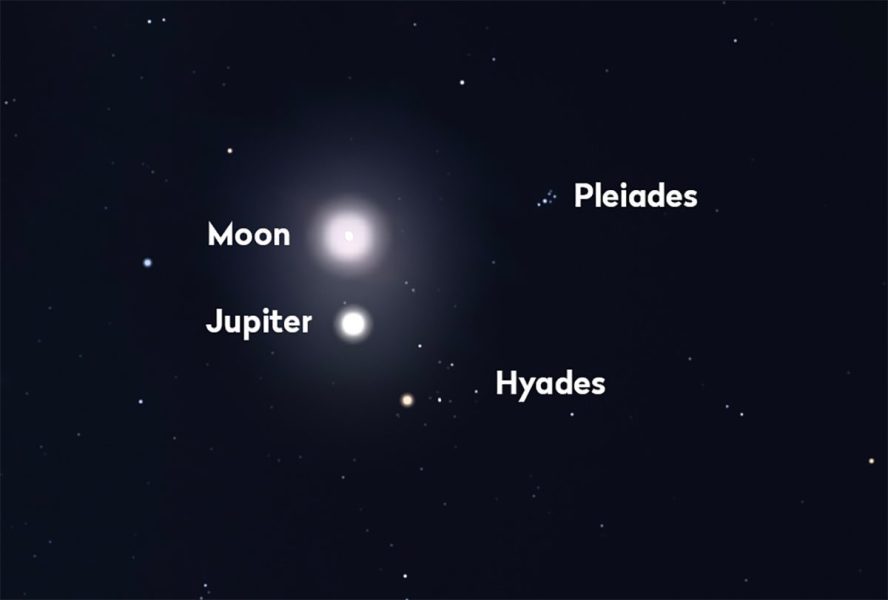‘Blaze Star’ Set To Dazzle Sky-Watchers For First Time Since 1946 – Forbes

The imminent explosion of T Cor Bor is a great excuse to get outside looking up.A star in the Northern Hemisphere’s night sky will soon become 1,000 times brighter than usual and become visible to the naked eye for the first since 1946.Called T Coronae Borealis (but also T CrB, T Cor Bor and the “Blaze Star,” it’s a recurrent nova (repeating new star) caused by a white dwarf star in its orbit that explodes almost like clockwork every 80 years or so.However, it will only shine brightly for a short period — perhaps for just a few weeks — until retreating to again being visible only to those with a large backyard telescope.T CrB is currently shining at magnitude 10 — far too dim to be seen with the naked eye — in the constellation Corona Borealis, the Northern Crown. The crescent-shaped of seven stars can be found between the Boötes and Hercules constellations. When it explodes — as it almost certainly will during 2025 —it will likely shine much brighter at magnitude +2, about the same as Polaris, the North Star.In preparation for the nova, get used to finding the Corona Borealis constellation. Go outside about 3 a.m. local time and look for the Big Dipper in the northeastern sky. Follow the curve of its handle downwards to the northeast horizon, and you’ll see the small but unmistakable crescent of Corona Borealis (it’s not visible from the Southern Hemisphere).T CrB, or T Cor Bor, is in the constellation of Corona Borealis. Here’s the skychart for 3 a.m. … [+] local time in mid-latitudes of the Northern Hemisphere on Jan. 2, 2025.Astronomers predicted T CrB would explode between April and September 2024. The forecast came in the wake of its sudden dimming during 2023 after a decade of gradually brightening. It was that same scenario that heralded its last explosion in 1946 and 80 years prior in 1866“With previous novae of T Coronae Borealis, there was a pre-outburst dip, and that dip in brightness has again been observed this time,” said Edward Sion, a professor of astrophysics and planetary science at Villanova University and author of Accreting White Dwarfs, in an email. The star system is about 3,000 light-years away from the solar system, so while humans on planet Earth pontificate about when it will explode to our eyes, we’re just waiting for the light from whatever happened 3,000 years ago to reach us.A drawing star map pointing T CrB in Corona Borealis with a red pencilT Coronae Borealis (T CrB) is a binary star system comprising two stars at very different stages of their life cycles: a red giant and a white dwarf. The red giant, an aging star, is expanding as it nears the end of its life, shedding layers of material into space. Meanwhile, the white dwarf, a stellar remnant that has burned through its fuel, is steadily cooling. This system draws the red giant’s expelled material toward the white dwarf’s surface. When enough accumulates, it triggers a thermonuclear explosion, creating a dramatic outburst of energy and light.Astronomers know about the “Blaze Star” because it’s had sudden outbursts before. They even know there is usually a decade-long uptick in brightness before the explosion, preceded by a noticeable dip in brightness. That 10-year uptick was reported in a paper in 2023, while the American Association of Variable Star Observers announced T CrB’s pre-eruption dip in April 2024.Something to bear in mind is that this is a rare astronomical event, but only committed stargazers are likely to get much out of it.Although it’s not going to have the same wow factor as an eclipse, aurora or a naked-eye comet — all of which graced the night sky in 2024 — the imminent explosion of T Cor Bor is a great excuse to get outside looking up.Wishing you clear skies and wide eyes. One Community. Many Voices. Create a free account to share your thoughts. Our community is about connecting people through open and thoughtful conversations. We want our readers to share their views and exchange ideas and facts in a safe space.In order to do so, please follow the posting rules in our site’s Terms of Service. We’ve summarized some of those key rules below. Simply put, keep it civil.Your post will be rejected if we notice that it seems to contain:User accounts will be blocked if we notice or believe that users are engaged in:So, how can you be a power user?Thanks for reading our community guidelines. Please read the full list of posting rules found in our site’s Terms of Service.






